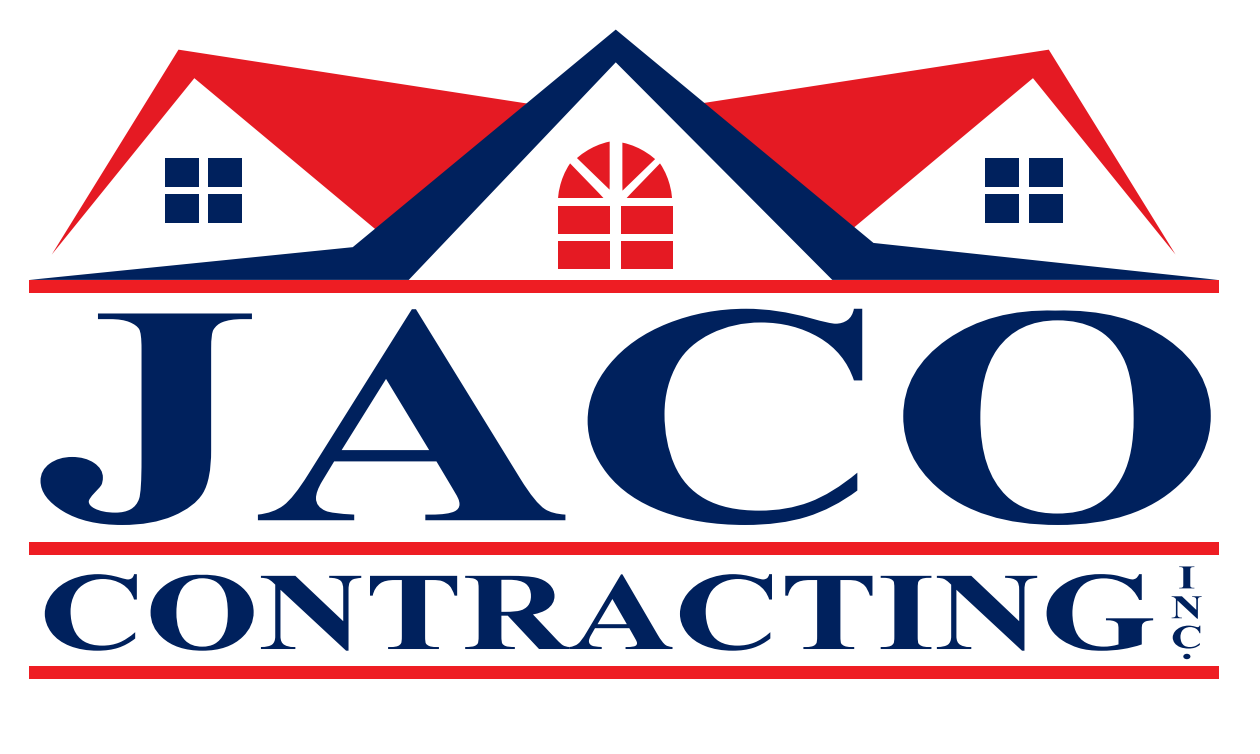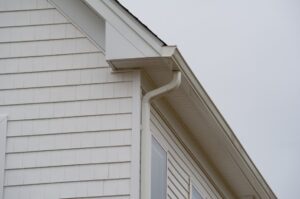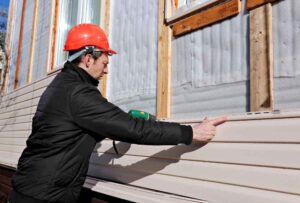Choosing the right commercial siding materials for your business is crucial to not only enhance the visual appeal but also ensure durability, low maintenance, and safety. With a wide range of options available in the market, it can be overwhelming to make the right choice. In this comprehensive guide, we will take you through the top commercial siding materials, their unique advantages, and key factors to consider before making a decision. Let’s dive into the world of commercial siding materials and create uproarious exteriors!
1. Vinyl Siding: A Popular Choice:
Vinyl siding is undoubtedly the most popular choice for commercial buildings in the United States. According to the U.S. Census Bureau, vinyl accounts for over 30% of all new home exteriors. Its popularity can be attributed to its affordability, low maintenance requirements, and versatility in design options. Vinyl siding is available in a wide range of colors, textures, and profiles, allowing businesses to create a visually appealing exterior that suits their branding. However, it’s important to note that vinyl is not as durable as some other commercial siding options.
2. Fiber Cement Siding: Durability and Fire Resistance:
Fiber cement siding has been gaining popularity in recent years due to its exceptional durability and fire resistance. According to research from the National Association of Home Builders, fiber cement and brick score higher on fire resistance compared to other options like vinyl or wood. Fiber cement is made from a mixture of cement, sand, and cellulose fibers, resulting in a material that is resistant to rot, pests, and general wear and tear. It also offers a high level of customization, with options to mimic the appearance of wood or masonry. Its longevity and low maintenance requirements make fiber cement an ideal choice for businesses seeking a long-term investment.
3. Stucco: Aesthetic Appeal and Low Maintenance:
Stucco is a traditional commercial siding material that has gained popularity for its aesthetic appeal and minimal maintenance requirements. It is a cement-based material that is applied in multiple layers, resulting in a durable and visually appealing finish. Stucco can be textured or smooth, and its versatility allows for various design possibilities. While it requires periodic maintenance such as patching and repainting, stucco is known for its longevity and ability to withstand harsh weather conditions. It is a popular choice for businesses looking to create a sophisticated and elegant exterior.
4. Brick Siding: Safety and Thermal Insulation:
Brick siding is a classic choice that not only adds a timeless charm to commercial buildings but also offers exceptional safety and thermal insulation. According to the U.S. Department of Energy, brick is an exceptional thermal insulator, reducing energy usage and costs for heating or cooling a business facility. It is also highly fire resistant and provides a level of structural integrity that other materials cannot match. While brick may be a more expensive option, its durability and low maintenance requirements make it a worthy investment for businesses seeking long-term benefits.
FAQs:
What is the most popular commercial siding material?
A: Vinyl siding is the most popular choice, accounting for over 30% of all new commercial exteriors in the United States.
Which commercial siding materials offer the highest level of fire resistance?
A: Fiber cement and brick score higher on fire resistance compared to options like vinyl or wood, making them a safer choice for businesses.
How can commercial siding materials help in reducing energy usage and costs?
A: Materials like fiber cement and brick offer exceptional thermal insulation, which helps in reducing energy usage and costs for heating or cooling a business facility.
Handy Tips for Choosing the Best Commercial Siding Material:
1. Consider the climate: Choose a siding material that can withstand the specific climate conditions of your area, including temperature fluctuations, humidity levels, and exposure to sun, rain, or snow.
2. Assess maintenance requirements: Consider the level of maintenance you are willing to invest in. Some materials require regular cleaning, painting, or repairs, while others are virtually maintenance-free.
3. Evaluate durability: Choose a material that is long-lasting and can withstand the wear and tear that comes with commercial buildings. Look for materials that are resistant to rot, pests, and impact damage.
4. Consider the desired aesthetic: Take into account your branding, architectural style, and design preferences when choosing a commercial siding material. Look for options that offer various colors, textures, and profiles to create an exterior that aligns with your vision.
Conclusion:
Choosing the best commercial siding material for your business is a crucial decision that requires careful consideration. Vinyl siding, fiber cement siding, stucco, and brick are among the top choices, each offering unique advantages in terms of affordability, durability, fire resistance, low maintenance, and thermal insulation. By understanding your specific requirements, evaluating key factors, and considering handy tips, you can make an informed decision that will enhance the visual appeal, longevity, and safety of your business exterior. Let Jaco Contracting help you achieve a ‘panel’-beating exterior that stands out in the market!




